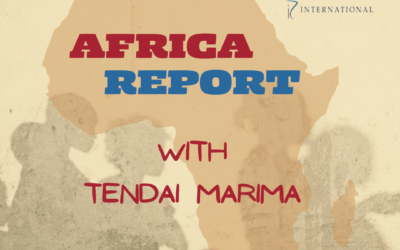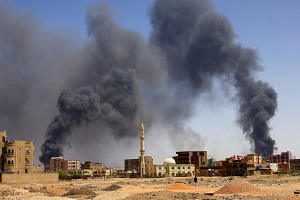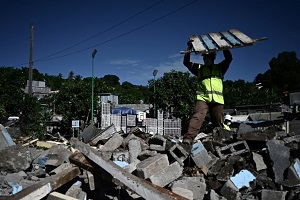
Umm Muhammed Umar
Faisal Hanif, a media analyst at the Centre for Media Monitoring, and who has previously worked as a news reporter and researcher at the Times and the BBC, spoke to Radio Islam about his latest report, which examined how British Muslims and Islam had been covered by the British media between 2018 and 2022.
Hanif said that Muslims have always been the target of the media across the globe. The project investigating this began with the work of the Director for the Centre for Media Monitoring, Miqdaad Versi, in 2014/2015. What he noticed, from reading newspapers, was that there were, in headlines and in stories, serious fabrications. Headlines were formulated to misrepresent stories. Versi, as an individual lodged complaints with the newspapers in question. Looking at only the articles that he had read, not even all articles, there were a number which were prejudiced. This inspired him to initiate a project to examine this type of media on a full-time basis.
Hanif said, “even before 911, [and] especially since 911, you’ve had this sort of barrage of coverage, both in broadcast media and print media that demonizes Muslims and Islam.” He pointed out, “it fluctuates, depending on the news cycle and the event that’s taking place, but overall, there was this theme and everybody you know, especially within the Muslim communities, they knew this.” Hanif said that when the media was asked for evidence to support their claims, they would always say, “well, these are just a few news stories because this is the first draft of history……..they’re liable to mistake.”
Hanif joined Versi in 2018, alongside academics who had done some previous research on the representation of Muslims in the media. Nobody, however, had done it to the level that he wanted to. He said that they formed a methodology, which had 10 key metrics, and took more than 60 key words which identified Muslims or Islam – words such as ‘Muslim’, ‘Islam’, ‘Sufism’, ‘Hajj” – and collated all of the articles and news clips, and analysed them against the metrics. News articles and clips could be rated from unconfirmed to extremely biased. The Centre looked at generalizations (tropes about Muslims), prominence (whether the article or news clip had a relevant Muslim perspective, or Muslim voice), as well as at negative aspects of behaviours (were Muslims or Muslim organizations presented in a negative way). Hanif said, “And also we looked at misrepresentation and headlines and imagery.”
Hanif said much of the findings confirmed what they had already known, despite the fact that he, himself, found their methodology fairly lenient. He took the example of how it was reported that one of their findings that almost 60% of all online news articles about Muslims or Islam were negative. There was, meanwhile, no discrimination between an article that focused heavily on Muslims, and one that had a passing mention of Muslims. He added that if all the articles where Muslims were mentioned just in passing were to be removed, the percentage of negative reporting against Islam and Muslims would be much higher. Further, a problematic area seemed to be sites such as Reuters or AFP, or AP, where stories generally originated, and those were found to have a negative slant against Islam and Muslims in the upper 70’s percentage range.
Hanif said extremes in the media also took place, where Muslim individuals and organizations have had to take the newspapers or the individual journalists on in court, because of the coverage they’ve produced. He said that while it was not a perfect science, he had produced the report in good faith, for the media to consider areas where change was required. The fact that 60% of media coverage regarding Muslims and Islam had been found to be negative, might apply globally, not just to the United Kingdom. While that may not be the case in South Africa, we, nevertheless, should monitor such trends too.







0 Comments